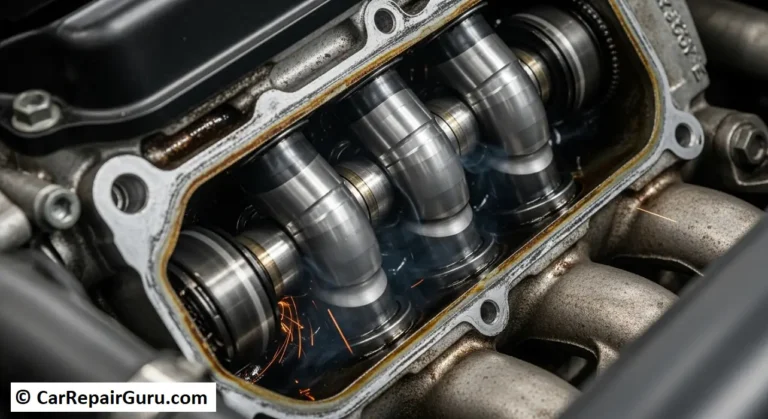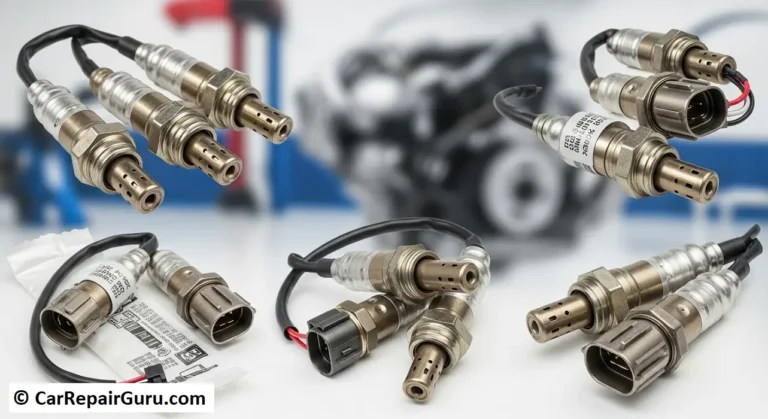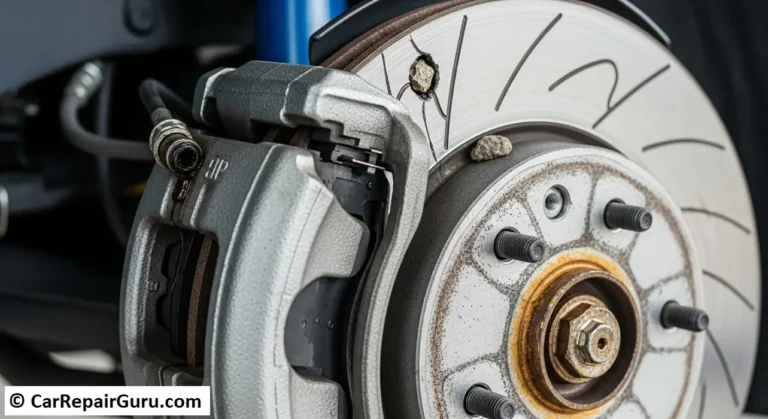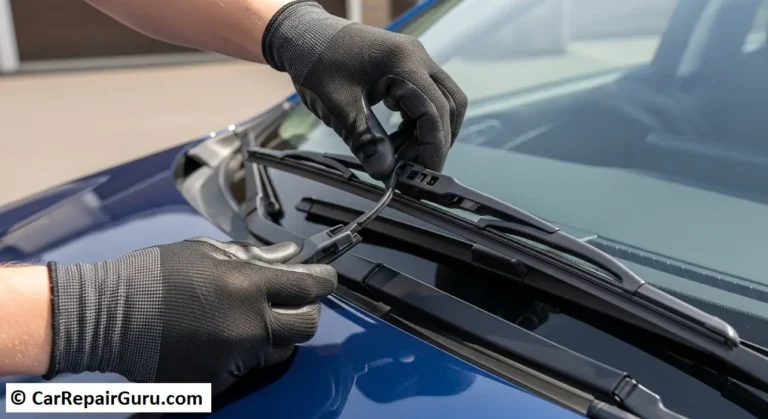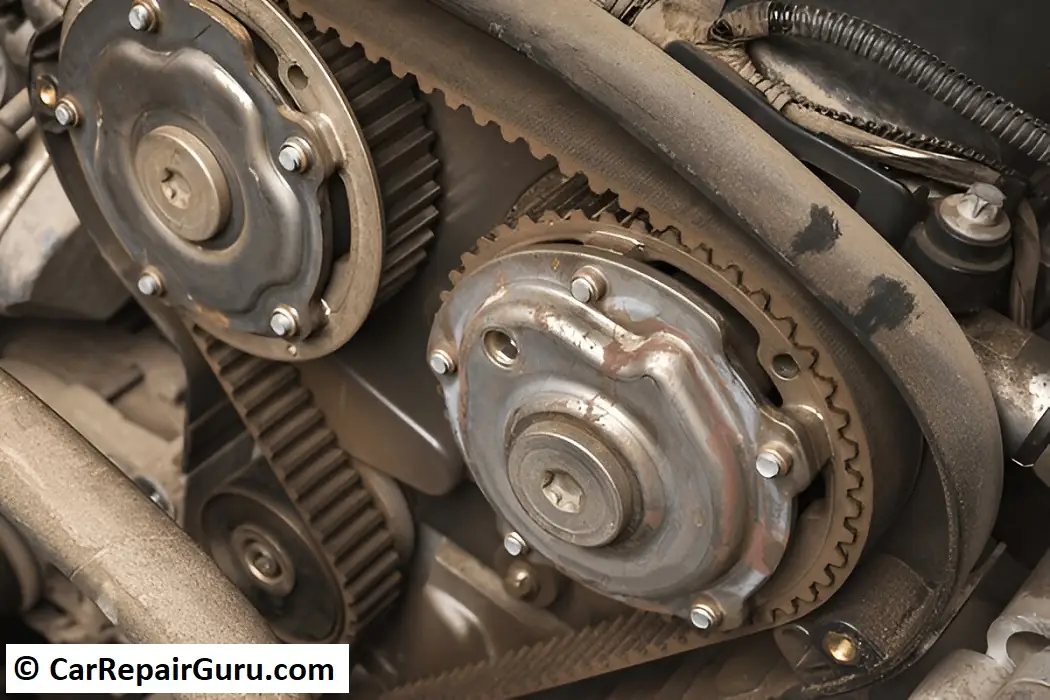
Your car’s timing belt replacement is one of the most crucial maintenance tasks to ensure a healthy engine. The timing belt synchronizes the movement of the camshaft and crankshaft, enabling the engine’s valves and pistons to operate in harmony. Failure to replace a worn timing belt on time can lead to catastrophic engine damage, costing thousands in repairs. But how do you know when it’s time to replace your timing belt, and how much will it cost? In this guide, we’ll cover everything you need to know about timing belt replacement, from identifying warning signs to exploring DIY and professional options.
What is a Timing Belt?
A timing belt is a crucial component in your car’s engine that synchronizes the movement of the crankshaft and camshaft. This synchronization ensures that the engine’s valves open and close at the correct intervals, allowing the pistons to move without interference. Without the timing belt, the engine’s internal components would operate out of sync, potentially causing severe damage.
Timing belts are typically made of reinforced rubber with durable materials like fiberglass or nylon cords. They differ from serpentine belts, which drive external components like the alternator and air conditioning compressor. Unlike serpentine belts, timing belts are internal to the engine and hidden beneath covers.
Timing chains, an alternative to timing belts, serve the same purpose but are made of metal and generally last the life of the vehicle. However, timing belts require periodic replacement to avoid wear and tear that can lead to engine failure.
Signs Your Timing Belt Needs Replacement

Knowing the signs of a bad timing belt is essential to prevent costly engine repairs. One of the most common warning signs is unusual clicking or ticking noises coming from the engine. This sound may indicate the belt has loosened or is no longer maintaining proper tension.
Another clear indicator of timing belt wear and tear is visible damage, such as cracks, frayed edges, or missing teeth. If the belt is accessible, a quick visual inspection can reveal these issues. However, the timing belt is often housed within a cover, making professional inspections critical during routine maintenance.
Poor engine performance is another red flag. If the timing belt is worn or slipping, the engine may misfire, struggle to start, or lose power during operation. This happens because the belt fails to keep the engine’s camshaft and crankshaft in sync, disrupting combustion.
Ignoring these symptoms can lead to the belt snapping, potentially causing severe engine damage. To avoid this, schedule a timing belt replacement promptly if you notice any of these signs or as part of your vehicle’s recommended maintenance schedule.
When Should You Replace a Timing Belt?
Knowing when to replace your timing belt is vital for keeping your engine running smoothly and avoiding costly repairs. Most manufacturers recommend replacing the timing belt between 60,000 and 100,000 miles, depending on the make and model of your vehicle. For precise guidelines, always consult your car’s owner manual or maintenance schedule.
Driving conditions can also influence the timing belt’s lifespan. Vehicles frequently exposed to harsh environments—such as extreme heat, cold, or dusty conditions—may require earlier replacement due to accelerated wear and tear. Similarly, cars used for towing or heavy-duty activities may experience more strain on the engine, shortening the belt’s service life.
Even if your car has low mileage, the belt’s age can affect its integrity. Over time, the rubber material degrades, making it prone to cracks or breaks. It’s recommended to replace the belt if it’s over five to seven years old, regardless of mileage.
Neglecting timing belt replacement intervals can lead to the belt snapping unexpectedly, resulting in severe engine damage. Stay proactive by scheduling replacements according to your car’s mileage and age to avoid costly repairs.
Cost of Timing Belt Replacement

The cost of replacing a timing belt varies widely, depending on factors such as your vehicle’s make and model, labor costs, and whether additional components need replacing. Professional services typically range from $350 to $1,500. This cost includes both labor (which can be extensive due to the belt’s location in the engine) and parts. Labor alone often accounts for a significant portion, as accessing and replacing the belt requires dismantling several engine components.
For those looking to save money, a DIY timing belt replacement is an option. Timing belt kits, which include the belt, tensioners, and sometimes a water pump, cost between $100 and $500. However, performing this task requires specialized tools like tensioner adjusters and a detailed understanding of your engine. Additionally, incorrect installation can lead to severe engine damage, which could end up costing far more than professional replacement.
It’s also common for mechanics to recommend replacing related parts, such as the water pump or pulleys, during a timing belt replacement. While this adds to the initial cost, it can prevent future breakdowns and save money in the long run.
When considering the cost of replacing a timing belt, weigh the potential risks of DIY repairs against professional services to ensure the best outcome for your vehicle.
DIY Timing Belt Replacement: A Step-by-Step Guide
Replacing a timing belt yourself can save money, but it requires precision, proper tools, and a step-by-step approach to ensure success. Here’s a guide to help you through the process while highlighting the risks of not replacing a timing belt correctly.
Tools You’ll Need:
- Timing belt kit (includes the belt and tensioners).
- Socket set, wrenches, and screwdrivers.
- Timing light or crankshaft alignment tool.
- Repair manual specific to your car model.
Steps for DIY Timing Belt Replacement
- Preparation and Safety
Disconnect the car battery to prevent accidental starts. Consult your vehicle’s manual for the exact timing belt layout and instructions. - Access the Timing Belt
Remove components blocking access to the timing belt, such as the engine covers, accessories, and the serpentine belt. - Align Timing Marks
Use the crankshaft alignment tool to ensure the timing marks on the camshaft and crankshaft are properly aligned. This step is crucial for maintaining engine synchronization. - Remove the Old Belt
Release the tensioner and slide the old belt off carefully. Inspect related components, such as pulleys and the water pump, for wear. - Install the New Belt
Fit the new belt around the gears according to the manual. Ensure the timing marks remain aligned and tension the belt correctly. - Reassemble and Test
Reinstall all components, reconnect the battery, and start the engine. Listen for unusual noises and ensure smooth operation.
Risks of DIY Replacement
Errors during a DIY timing belt replacement can cause catastrophic engine damage, including bent valves and damaged pistons. If you’re unsure, consider consulting a professional mechanic.
Why You Should Consider Professional Replacement
Opting for professional timing belt replacement is often the safest choice due to the complexity of the procedure. The timing belt plays a critical role in synchronizing the engine’s internal components, and even a slight misalignment during installation can lead to catastrophic engine damage. Missteps such as incorrect tension or missed timing marks may result in bent valves, damaged pistons, or complete engine failure.
Professional mechanics have the expertise and specialized tools to handle the intricacies of timing belt replacement. They ensure the camshaft and crankshaft are perfectly synchronized, minimizing risks. Additionally, mechanics often inspect and replace related components, like the water pump and pulleys, which may fail shortly after a new timing belt is installed if overlooked.
While DIY replacement may seem cost-effective, the potential costs of errors can far outweigh the savings. Professional service provides peace of mind and ensures the job is done right the first time.
Conclusion
Maintaining your timing belt is essential for the health of your vehicle’s engine and your safety on the road. A properly functioning timing belt ensures your engine’s internal components are synchronized and prevents costly damage. Ignoring replacement intervals or signs of wear can lead to severe breakdowns or engine failure.
Whether you choose to follow a DIY timing belt replacement guide or seek professional assistance, timely action is key. Consult your vehicle’s maintenance schedule, monitor for warning signs, and don’t hesitate to schedule an inspection with a trusted mechanic. Take care of your timing belt today to ensure a smooth ride tomorrow!
Timing belt replacement FAQs
What’s the difference between timing belts and serpentine belts?
The timing belt synchronizes the engine’s camshaft and crankshaft, controlling the opening and closing of valves. In contrast, the serpentine belt powers external components like the alternator, air conditioning compressor, and power steering pump. While both are essential, the timing belt operates internally and requires more precise maintenance.
What happens if the timing belt breaks?
A broken timing belt can lead to catastrophic engine damage. In interference engines, the valves and pistons can collide, causing bent valves, damaged pistons, or even a total engine failure. Regular replacement prevents such risks.
Can I avoid replacement with regular visual inspections?
While visual inspections can detect cracks or fraying, they cannot guarantee the belt’s internal strength or remaining lifespan. Replacement at manufacturer-recommended intervals is the only reliable way to ensure safety.
Is it necessary to replace the water pump with the timing belt?
It’s often recommended to replace the water pump during timing belt replacement. The pump is located in the same area, and replacing it simultaneously saves labor costs and prevents future breakdowns.
How can I extend the lifespan of my timing belt?
Driving gently, avoiding harsh conditions, and following the manufacturer’s maintenance schedule can help prolong the timing belt’s life. However, no preventative measures replace the need for timely replacement.

